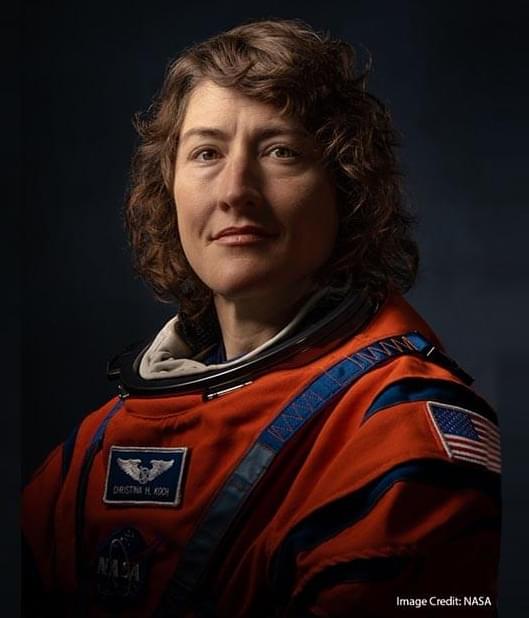Demis Hassabis from Google Deepmind says that what they’re developing will eclipse ChatGPT.
The company is working on a system called Gemini that will draw on techniques that powered AlphaGo to a historic victory over a Go champion in 2016.


Artificial intelligence, including the most popular form at the moment, generative AI such as OpenAI’s ChatGPT, is going to provide tremendous leverage to software developers and make them vastly more productive, according to the chief technologist of MongoDB, the document database maker.
AI, especially the generative sort, is going to “let developers write code at the quality and the speed and the completeness that we’ve always wanted to,” says Mark Porter.

Harness the power of data technology to help police be accountable, effective, and inclusive of all communities. Enter the Innovations in Measuring Community Perceptions Challenge by July 31 and win prizes totaling $175,000.
Webinar NIJ hosted a webinar to discuss this challenge on June 6. Review the transcript and presentation slides.

But a twist to her romantic narrative made it even more intriguing. Aria was describing in vivid detail her unique relationship with ChatGPT, the OpenAI-designed intelligent chatbot that has taken the world by storm with its near-human responses.
Across China, such unconventional bonds reflect a rising trend where individuals seek solace and companionship in AI-powered entities. In recent months, similar accounts on multiple social media platforms have sparked widespread debate over the implications of relying on AI for emotional connection and the potential risks associated with privacy and real-life relationships.

Most stroke patients taking the anticoagulant warfarin were no more likely than those not on the medication to experience a brain bleed when undergoing a procedure to remove a blood clot, UT Southwestern Medical Center researchers report in a new study. The findings, published in JAMA, could help doctors better gauge the risk of endovascular thrombectomy (EVT), potentially expanding the pool of eligible patients for this mainstay stroke treatment.
Warfarin is a type of blood thinner commonly used to prevent stroke because of heart conditions such as atrial fibrillation. Although not very common, patients taking warfarin may still experience a stroke. In clinical practice, it’s very possible that some physicians may withhold an endovascular thrombectomy because patients have been treated with warfarin before their strokes.
Our study could increase the number of patients for whom this lifesaving and function-saving surgery would be appropriate, said study leader Ying Xian, M.D., Ph.D., Associate Professor of Neurology and in the Peter O’Donnell Jr. School of Public Health at UT Southwestern. Dr. Xian is also Section Head of Research, Stroke and Cerebrovascular Diseases in the Department of Neurology at UTSW.

Security and risk teams are already overwhelmed protecting their SaaS estate (which has now become the operating system of business) from common vulnerabilities such as misconfigurations and over permissioned users. This leaves little bandwidth to assess the AI tool threat landscape, unsanctioned AI tools currently in use, and the implications for SaaS security.
With threats emerging outside and inside organizations, CISOs and their teams must understand the most relevant AI tool risks to SaaS systems — and how to mitigate them.

Data and analytics have played a key role in all four dimensions of digital transformation—that is, customers, employees, products and operations—by helping businesses understand these functions and by offering actionable insights. These insights have been necessary to enable timely interventions to optimize operations or offer excellent customer experience by continuously innovating products and services.
Likewise, with generative AI becoming more widely available through ChatGPT from OpenAI and BARD from Google, among other products, the power of AI can help break innovation barriers and transform businesses. Generative AI is a subset of AI capable of creating new content in the form of text, code, voice, images, videos and processes in response to user prompts.
AI and analytics solutions powered by generative AI will likely have significant impact on all four dimensions of digital transformation to be innovative and accelerate the journey.

Image credit: NASA
To mark International Women in Engineering Day (INWED), prime STEM employer Northrop Grumman celebrated some of its women engineers like Sally Richardson, Jill Eskew and Erica Sandoval who are Defining Possible for the next generation, and helping put the first woman on the Moon.

A new technique has been used to estimate the age of globular star cluster M92 at 13.8 billion years, plus or minus 0.75 billion years. This is an almost exact match for the estimated age of the Universe, albeit with wider error bars. Either this nearby collection of stars formed as soon as possible after the Big Bang, or we’ve been underestimating how old the Universe really is.
Globular clusters are, as the name suggests, near-spherical collections of tens of thousands of tightly packed stars sitting outside galaxies. In general, they are very old – but some are considerably older than others, and these attract the most interest from astronomers as they provide us with insight into the universe’s earliest days.
M92 is a favorite object for northern hemisphere amateur astronomers, being easily visible in binoculars, but to professionals it’s particularly significant as a candidate for the oldest globular cluster in our near vicinity. Indeed, as a forthcoming paper notes, M92 is often used as a benchmark against which we measure newly forming galaxies seen soon after the Big Bang.

New evidence continues to strongly suggest that OceanGate’s submersible, which catastrophically imploded and killed all five passengers on its way to the wreck of the Titanic last week, unfit for the journey.
Arnie Weissman, editor-in-chief of Travel Weekly, initially agreed to join the June expedition, the Washington Post reports, but backed out at the last minute due to a scheduling conflict. A May dive he was supposed to go on also was canceled due to bad weather.
A conversation he had with OceanGate CEO Stockton Rush the night before the expedition, however, still haunts him to this day.